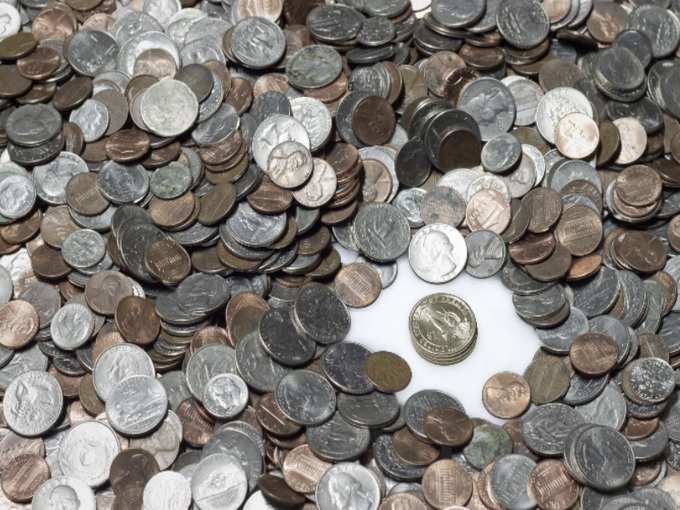
Remember the BRICs –
These four countries are creating a new wave of optimism (some would even say hype) for investors starved of attractive investment destinations. MINT advocates are citing the number of new millionaires emerging from these economies, as well as their GDP growth, to make their case.
But advocates have been wrong before – look at the BRICs story.
In spite of economist Thomas Piketty’s chart-topping pronouncements on wealth inequality, the business world still gets a major buzz from counting the number of millionaires in a country. According to a study by the research firm, Wealth Insight, MINT nations have shown up their BRICs counterparts.
Leading the world in terms of freshly minted millionaires is Indonesia, which has seen 22% rise in their number over the past year. While Mexico, with only 7% increase, is the laggard in the MINT group, it still does better than the worst-performing BRICs nation Russia, which had a 4.8% increase.
The trouble with this catchphrase analysis is that the US is still prominently positioned in the 4th slot. It had 9.5% increase in millionaires, not bad for an economy that is usually discussed only in gloomy terms.
The millionaire barometer also becomes a lightning rod for criticism, notably from within the countries being celebrated. Mexico’s poor track record in managing wealth distribution, where the country’s former finance minister has stated that the rich in Mexico earns nine times more than the poor on an average, is surely not one to bandy around.
Also, Wealth Insight itself states that one of the reasons it is bullish on MINT countries is that they are showing the same young upwardly mobile demographic that once drew the world’s capital to BRICs countries. Therefore, it will be logical to assume that this growth cycle is part of a one-time expansion, which will peter out in time.
Nigeria, in normal circumstances, would have shone as a great example of economic hope, especially for the larger African turnaround. Achieving a growth rate of 7% when India and Brazil have come crashing down to even less than half of their peak GDP numbers is an impressive story.
Yet, the mass kidnapping of schoolgirls in Nigeria is anything but normal. Such developments are exposing the deep dysfunction in the country’s governance. When the country’s president is accused of sacking the head of the central bank, investigating a rumoured $20 billion siphoning of oil revenues, global investors may find it hard to summon the confidence to invest in such a volatile environment.
For a long time, the argument was advanced that issues like corruption are an integral part of ‘doing business’ in emerging markets. However, India just voted out one of its most scam-tainted governments whose corrupt activities led to the economic stagnation that clouded the growth prospect of a once-dynamic economy.
Indonesia, which is in the middle of its election season (both parliamentary and presidential), is hoping that a strong mandate from the people can get the economy into the top gear once again. Growth slipped to under 6% for the first time since 2009, but the Presidential favourite Joko Widodo has sparked hope with his bold pronouncements on the economy.
China and Australia are particularly aggressive in courting Indonesia, seeing the country as a gateway to deeper access to the South-east Asian markets.
Of all the MINT nations, Turkey has probably the dodgiest claim to being regarded as an investment hotspot. While the country delivered amazing growth numbers in the past decade, close to 9% GDP growth in both 2010 and 2011, the slide since has been quite disturbing.
One credible estimate forecasts GDP growth in 2014 to be an anaemic 2.6%, earning it a place on Morgan Stanley’s Fragile Five – a list of countries whose economies and currencies are at maximum risk. An increasingly unpopular Prime Minister, Recep Tayyip Erdogan, is not helping matters either.
Doubtlessly, all the MINT economies have great potential and individual strengths. However, due diligence is what investors must always do, regardless of the catchphrase involved.
Image: Thinkstock